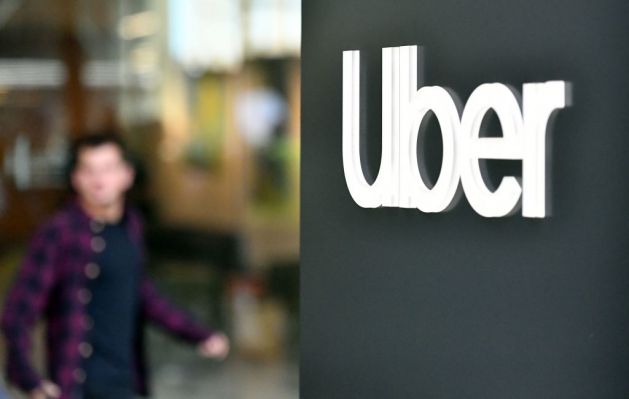When Uber launched its ride-hailing service, the company was more pariah than partner to the taxi industry. Some 12 years later, it seems to be the latter.
Uber announced Tuesday a multiyear partnership with Los Angeles Yellow Cab and its five partner taxi fleets in Southern California. Under the arrangement, taxi drivers will have access to Uber trip referrals in Los Angeles, Orange and San Diego counties. And the partnership covers a lot of ground; six taxi fleets with about 1,200 vehicles fall under the deal.
This means that a rider who uses the Uber app may have a taxi driver pick them up. The pricing is still provided in advance and riders will have an option of declining the match with a taxi.
The partnership comes a year after Uber announced pilot programs with taxi companies in New York City and San Francisco. The results were glowing enough for Uber to expand the taxi partnership to other markets.
The question many might have is why? Or what changed? It’s complicated, but as most things, money is at the center.
William Rouse, CEO of the taxi operations, called it a win-win for drivers and riders, noting that it will have a positive impact for driver-owners as the pandemic recovery continues.
“No longer will drivers have to worry about finding a fare during off peak times or getting a street hail back into the city when in the outer suburbs,” he said.
The comments lie in stark contrast to the barbs and legal battles traded between Uber and the taxi industry back in 2012.
Uber was once on a mission to disrupt the taxi industry, and in many ways it did. The value of medallions, a transferable permit used in several major U.S. cities that allows a taxicab driver to operate, has been eroded. That pretty much wiped out companies that used to provide loans — many of them deemed predatory — to taxi drivers seeking to access a medallion.
And Uber and other ride-hailing companies like Lyft successfully chipped away at taxi cab market share until it became a dominant service in many cities. But Uber needs to keep growing; and adding more drivers is key to that plan. With this taxi fleet partnership, the ride-hailing company’s technology is now extending well beyond its app and into the taxi ecosystem. As one Uber spokesperson put it, “our ambitions are to extend our technology to all and make Uber trips available to all taxi drivers.”
Taxi drivers have also benefited from being routed new rides, according to an analysis from the San Francisco Municipal Transportation Agency.
The agency authorized an amendment in April 2022 that allowed taxi customers the ability to book a taxi trip through third-party taxi e-hail apps like Uber and pay a flat-rate, upfront fare. That program launched in November 2022. The agency noted that participation grew 37% to 378 taxi drivers from the first to second quarter of 2023.
Drivers who took the Uber app trips earned 23.8% more in monthly fare revenue than drivers who do not service those types of trips, the agency said in its analysis. These taxi drivers earned an average of $1,430 per month from those trips and it increased 60% from Q1 ($1,093) to Q2 ($1,767), according to the data.
